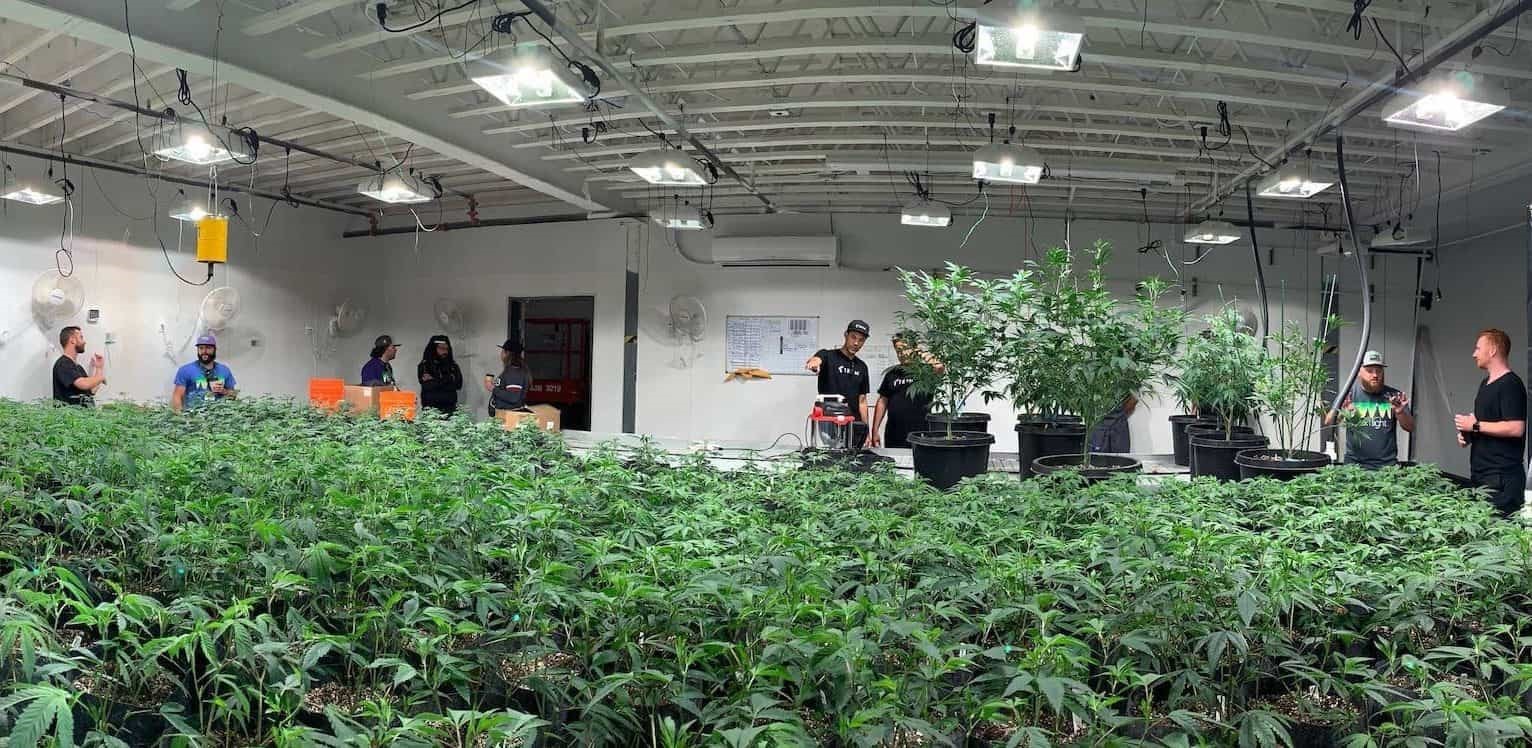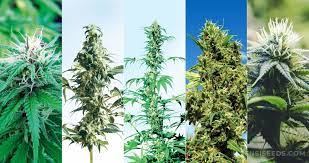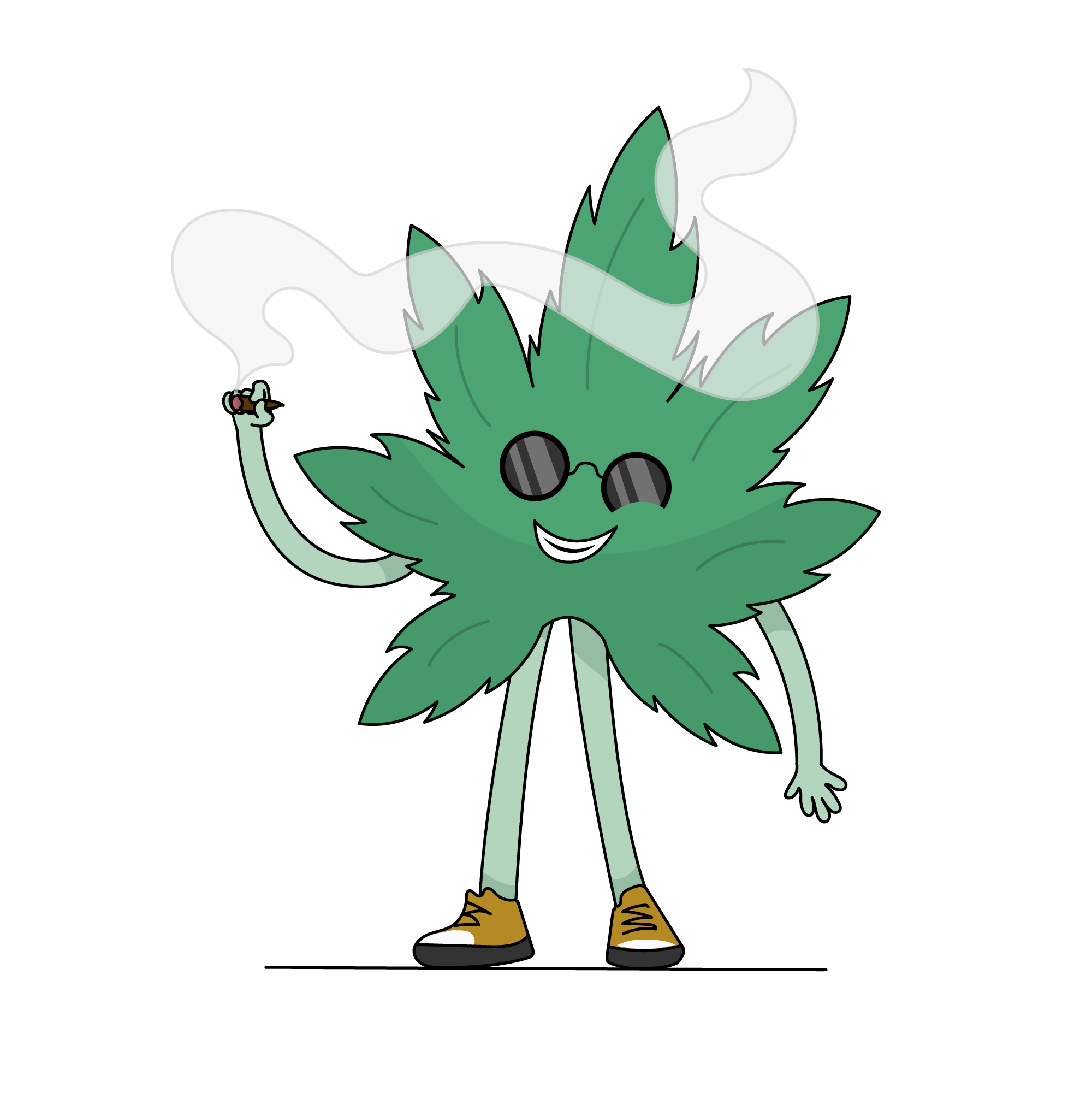
Cannabis
Production Across US
Introduction
The
U.S. is quickly becoming the cannabis industry's most important market, and
that's not just because of the size of its population. While Canada offers a
better climate for growing marijuana outdoors, the U.S. has more indoor
cultivation experience, making it easier to control conditions and produce
high-quality products.
Industrial Hemp
Production Law
Industrial
hemp is a variety of cannabis. Sativa L. It is grown for its seeds, flowers,
and stalks.
The
resulting products are marketed as food, cosmetics, and personal care products.
In the United States, industrial hemp cultivation is legal.
Cannabis
Cultivation Laws
The
legal status of cannabis in the United States is a confusing and continuously
evolving subject. Although some states have decriminalized or legalized
recreational use, cannabis remains illegal under federal law.
The
legal status of marijuana depends on the state where you buy it. For example,
if you buy it in Colorado and bring it to Illinois, you could get into trouble
with local police because marijuana is not legal there (yet).
In
this article, we'll walk through the various laws that apply to buying and
selling weed across every level of government—from cities to countries—and
explain how they work together to create what some people call a "legal
haze."
Outdoor Cannabis
Cultivation
Outdoor cannabis cultivation is the most common method of cannabis production in the U.S. This process involves growing plants outdoors in a greenhouse or outdoor environment. To cultivate cannabis outdoors, you need lots of sunlight and water—a greenhouse provides both.
Indoor Cannabis
Cultivation
Indoor
cannabis cultivation is the most common type of cannabis production in the
U.S., accounting for about 95% of all cannabis grown in the country.
The
main benefit of indoor cultivation is that it allows for more precise climate
control and environmental monitoring than outdoor cultivation, making it
possible to produce higher-quality plants indoors.
This
is especially true when growing marijuana in greenhouses or warehouses where
natural light isn't available or reliable enough for optimal growth.
Indoor
grows to require time and effort and significant investments in equipment such
as lights, fans, and filters; these will all add up on your electric bill if
you don’t have them installed properly.
Growing indoors also requires more space than outdoor gardens do—something many growers find challenging: even though it might seem like an easy solution at first sight (and one that many people turn towards), building an indoor grow room can be difficult because they need special ventilation systems with filters that remove any odor while still keeping moisture levels high enough, so plants don't die from dehydration during their lives most critical stage: flowering/budding phases.
Mixed-light
Commercial Production
Mixed-light
commercial production is a type of cannabis production that involves the use of
both natural and artificial light. It's among the most common forms of cannabis
production in Colorado and California, where outdoor growing is prohibited or
only permitted in limited amounts.
Mixing
lights can allow you to get more out of your growing space. In addition to
increasing yields compared with indoor-only grows, mixed-light systems help cut
down on electricity usage by lowering energy costs—and they reduce carbon
emissions too.
Cannabis
production across the United States is a huge industry. In 2019, it was
estimated that the American cannabis industry generated $11.7 billion in
revenue and employed approximately 230,000 people.
As
you can check from these figures, this is a huge number compared with other
countries such as Canada and Germany that have legalized recreational cannabis
use but only have about 30% of the population of the U.S.
The
U.S. also has one of the most liberal medical marijuana programs. At the same
time, many countries require patients to show proof of need before sending them
prescriptions for medical marijuana (also known as "health" or
"therapeutic" cannabis).
Americans do not need any approval from their doctors before they can use it legally on an ongoing basis—although some states do allow doctors to issue recommendations rather than prescriptions, so they don't run afoul of federal law while providing treatment options that are safer than opioids or other pharmaceuticals usually used by chronic pain sufferers who want alternative methods for managing their symptoms without risking addiction issues themselves.
Conclusion
The
cannabis market is exploding, and the opportunities are limitless. Many new
companies have entered this space and offered unique products, services, and
solutions for growers.


